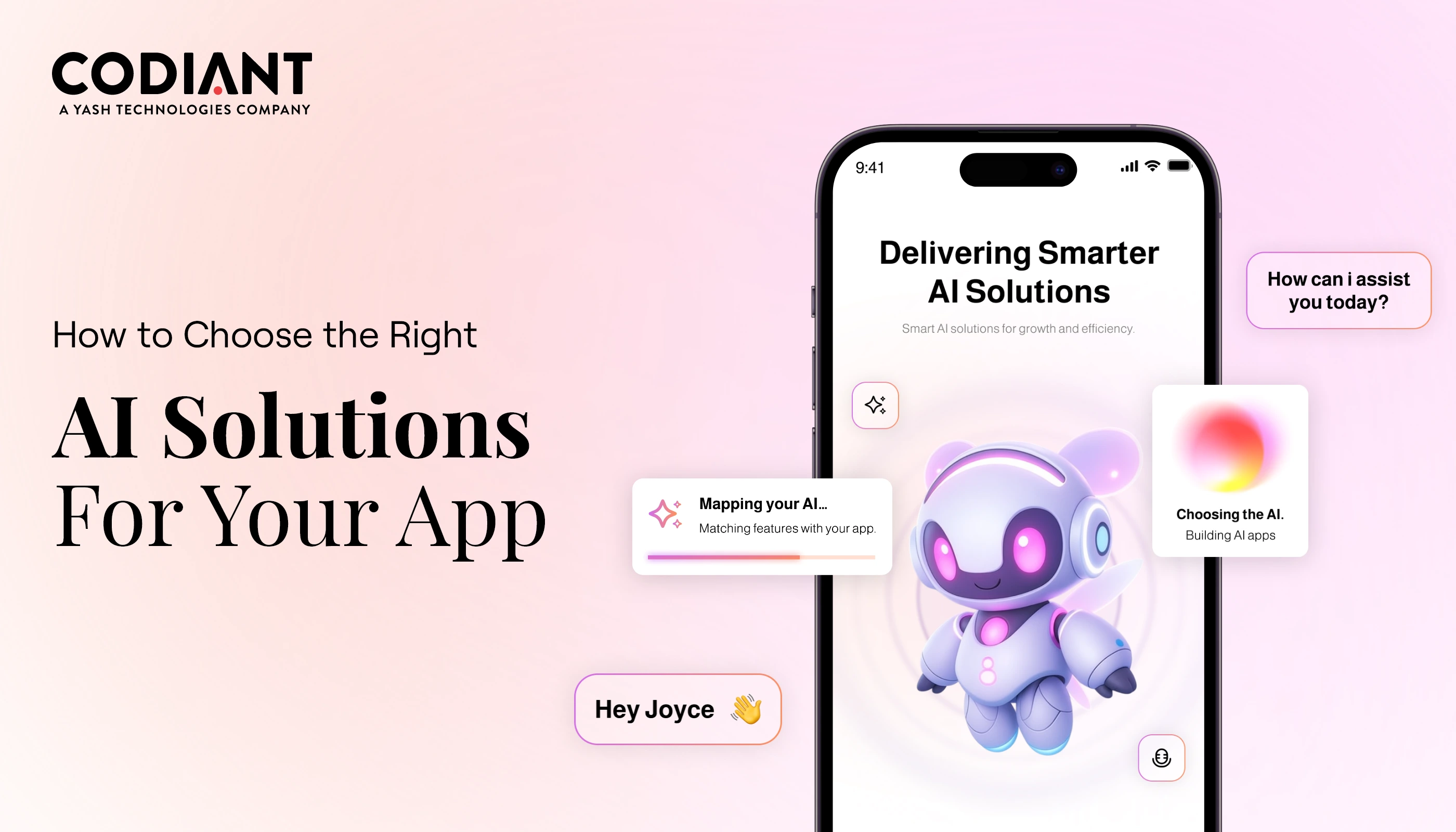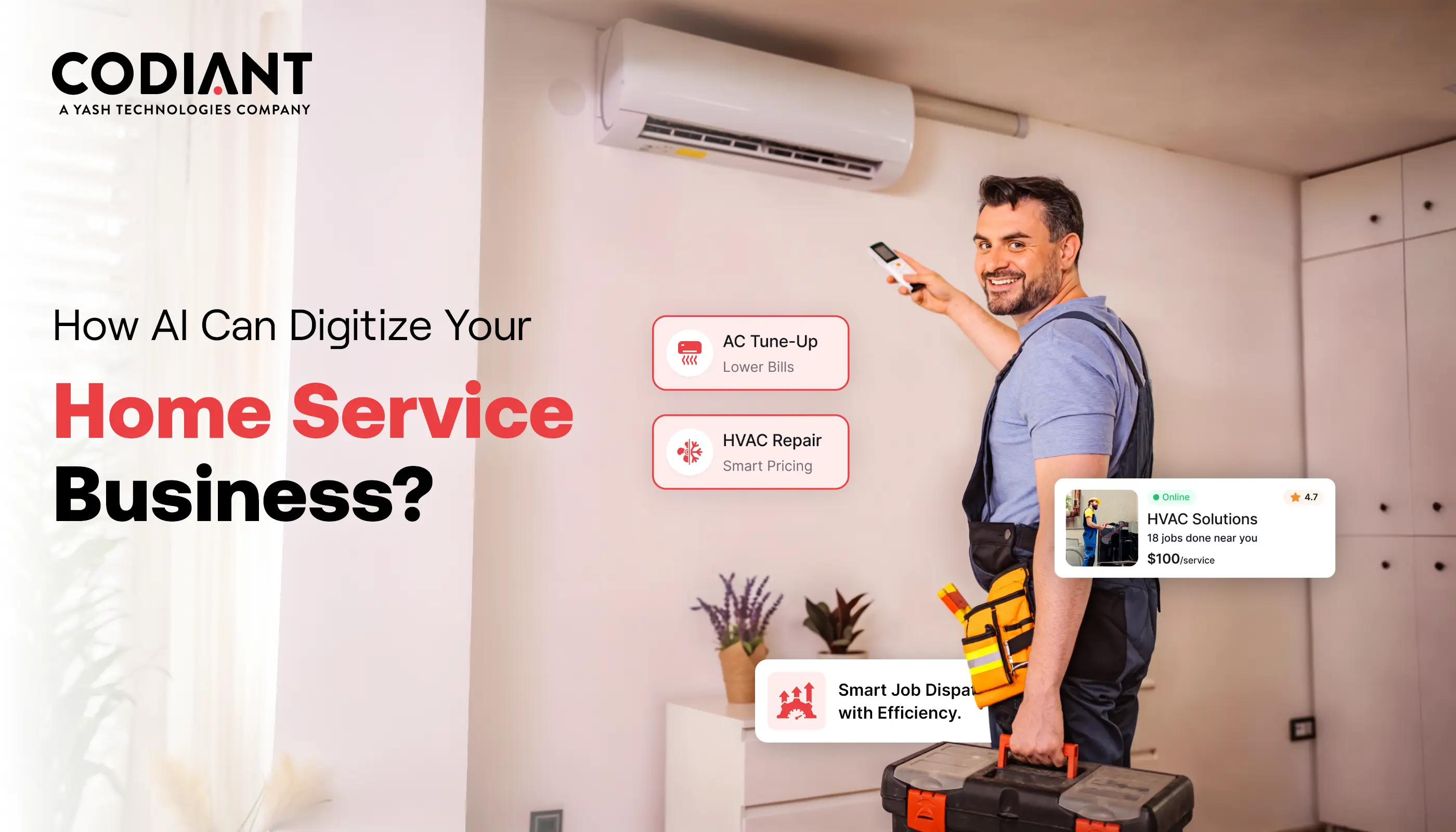How Much Does It Cost to Develop a Taxi Booking App
Table of Contents
Subscribe To Our Newsletter

It has been several years since taxi booking apps have forayed and their popularity is massively mushrooming. Conventional taxi service providers couldn’t agree more their market is diminishing.
Cab refusal, overcharging and nuisance were just some of the problems addressed by on-demand taxi apps like Uber. And from this day forward, there rolled out a train of taxi apps meeting the budding passenger’s needs.
Of many reading this blog to reckon the taxi app development cost let us make it clear the cost has its total dependency on the feature set and third-party integrations. And before developing an app like Uber, one needs a deep understanding of its business & revenue model, technical considerations and competitors as well.
So, let’s explore in detail the diverse taxi app development essentials.
Business Model of Taxi Booking App
There are three major types of business model of taxi app-
- Aggregator Model
- Ownership Model
- Revenue Generation Model
Aggregator Model
Under this business model, the cab aggregators partner with cab operators to provide rides on request. The aggregator receives a commission from operators on each ride that occurs and apart from this, the cab operator also pays a fee for leveraging the conveniences of the technology platform. Popular taxi-hailing companies like Uber, Gett, Ola works on the same model.
Ownership Model
This model works best for taxi fleet owner-operators. Riders can book the taxi from their taxi booking app by entering the pick-up and drop-off location and enjoy the ride as the taxi operator arrives and take them to the destination. This model does not have any middlemen like Uber.
The taxi operator is only liable for paying drivers and other operational costs like fuel, maintenance charges of cabs and technology platforms.
Revenue Generation Model
Other than the two models discussed above, the additional source of revenues that can be taken into consideration by app development companies are:
- Surge pricing at peak demand
- Different prices for the range of car models
- Extra service charge for chauffeurs and premium cars
- Costs for extra luggage on the trip
- Charging a certain rate on per mile basis
- Imposing charges on waiting time of the driver

How To Create A Taxi Booking App: Steps To Follow
- Conduct A Market Research
Foraying into the market without gathering the insights is no less than shooting arrows in the dark. Ensure that you study the market, gather facts and figures, analyze them, and ultimately draft your own conclusion. While exploring the market for a taxi booking app, pay heed on the following checkpoints:
- What is the actual demand of your target audience?
- Have you chosen the right geographical area?
- Will you be able to gather the required resources?
- What payment mode will be suitable for your target audience?
- Is your taxi booking app idea capable enough to beat the market competition?
And there can be a huge list of questions that you need to figure out at this stage. Ensure that you are simplifying the idea and making your app stand out in the market. In case, if you are standing on the same lines as your competitors then you won’t be able to pull out desired market results.
- Choose A Suitable Business Model
Selecting the right business model will decide the performance of your app in the market. It will include a decision on a few things like the type of monetization strategy, the structure of the app, the type of services offered, integration of third-party platforms i.e. payment, GPS, and more.
Deciding on these many factors will help you to streamline your taxi app development process. Pre-planning your strategies and having an idea of what can be done is always a good decision that eliminates unnecessary errors and things.
3. Consider Technical Requirements And Specifications
Now, when you are done with the business model, you need to decide on the list of technical tools that will be used in your development process. Consider deciding the technical structure and architecture that you are going to integrate with your app. This decision will be done in the presence of a technical team who have thorough knowledge and experience or either you can also go for outsourcing a few resources to decide. After this stage, you will be able to understand the cost estimation, the development time, and the success rate of your taxi app.
- Decide The Best Resources To Work
This stage is again a critical phase because selecting the resources that would be carrying out the whole development process is not easy. You need to understand your team size, expertise, experience, and geographical location.
Moreover, prepare a list of technical requirements and select team members like no. as developers, UI//UX designers, QA testers, project managers, etc. Ascertain that selecting people will be the most critical stage of the whole process because individual experts charge their own costs on an hourly basis.
Best option is to hire a dedicated development team where you will get bundled expertise in transport and automotive industry.
- Supervise UI/UX Team With Your Brand’s Motive
This stage is essential because here you can actually visualize how your taxi booking app will look and how the design should align as per your vision. You need to start this process before moving on to the actual development.
The UI/UX designers will understand the brand vision, goal and strategy and come up with different mock-ups and wireframes. So, you need to make pre-discussions and plan every minute detail of the design beforehand.
- Stepping Up With Backend Development
As the name suggests that backend process means the backbone of the whole development strategy. The developers are responsible to bind all the functions of the app and their outputs. This stage has to be perfect because the whole foundation is dependent on it.
Most languages used in the app development process are JavaScript and Python. But there can be other languages as well based on the app requirements.
7. Directing The Testing Process
This is probably the last stage of the app where the QA testing team will use various tools to understand the performance of the apps. The usability, functionality, efficiency, quality, and effectiveness will be checked in multiple environments.
This step must be part of the development process because launching without going through the testing process can create blunders and a single error can ruin your efforts.
- The App Launch
After testing, you are good to go! Now you can easily release and launch your app in the market. Take the feedback from your customers and work on it. Also, the post launch maintenance and updates should not fall from the cracks.
Core Technologies Used
- SMS Adaptor – Cloud communication providers like Twilio, Nexmo, Plivo, Sinch
- Push Notifications – Google Cloud Messaging (GCM) and Apple Push Notification Service
- Payment – Braintree, Stripe, Paypal
- Email – Mandrill, SendGrid
- Analytics – Google Analytics
- Geo Location (Navigation) – Google Maps, Mapkit
- Device Location – CoreLocation framework, Google’s Location APIs
- Cloud – Amazon S3, Amazon Cloudfront
Competitor Analysis & Risk Factors
- Lyft – Lyft was founded in 2012 in San Francisco, California. Like Uber, Lyft also operates in the Application Software space. It offers its services in areas nationwide and in roughly 220 cities, which includes Vietnam, The Philippines, Thailand, Singapore, Malaysia, and Indonesia.
- Gett – Launched in London 2011, GetTaxi an Israeli on-demand mobility company is backed by Volkswagen and currently operates in more than 100 cities across the United States, the United Kingdom, Russia and Israel.
- Grab – Founded in 2011, Grab is famous for offering its services in the Philippines, Indonesia, Vietnam, Thailand, Singapore, and Malaysia. They aim to make the taxi industry a safe and efficient transport medium.
- Ola – Initiated in 2010 in Mumbai as an online cab aggregator, Ola has an extensive network that spreads across India, Australia, New Zealand, UK (169 cities) and with over 100,000 cars. Ola is famous for offering a diverse range of cab services through its mobile application.
- Didi – DiDi was founded in 2012, and its headquarters is in Beijing, Beijing Municipality. Like Uber, DiDi also works within the Application Software sector and is known in the Chinese market. It has confirmed its partnership with Lyft, Ola, Bolt, and Grab to expand its global footprint in Australia, Mexico, Japan and Brazil.
- Bolt (Taxify) – Headquartered in Tallinn, Estonia, Bolt operates in 34 countries and more than 150 cities. Bolt is hailed for offering the best commission to drivers and reasonable charges to its customers allowing it to earn over plentiful passengers and drivers.
Related Reading : Top Ridesharing Apps Worldwide and Lessons to Be Learned

Revenue Model of Taxi Booking App
- Dynamic Pricing – When the demand for taxi is higher than the availability like on bad weather days, strikes, traffic congestion, peak hours and public holidays, taxi aggregators can apply the dynamic pricing strategy by multiplying the cost per mile.
- In-app Advertisements – In-app advertisements like video ads, banner ads, and interstitial ads can be another effective monetization strategy to earn money through app.
- Promotional partnerships – By making partnerships with brands looking for marketing strategies can prove to be a win-win situation for both the parties. Such type of collaborations give a huge audience base to the brands and owners can earn money through it.
- Premium Rides – Besides running ordinary cabs, app owners can also give the option of premium rides and include luxury sedans, SUVs in their fleet and charge extra for the amenity. Like Uber gives a premium segment of UberBLACK, UberSUV, UberLUX and so on.
- Commission – The commissions earned on each taxi ride the passenger books comes as a direct source of income for taxi aggregators. Like for e.g. Uber charges for a ride per km and the time spent and earns the commission on every kilometer.
Cost to Develop a Taxi Booking App
The total cost of taxi app development depends on the following factors :
- App Platform – Do you want to develop the app on the iOS platform or Android or both? The cost varies platform wise.
- App Design – The user interface and user experience is the essence of any app that grabs users’ attention and keep them glued. So, you should not compromise with the design for saving some bucks and hire the best UI/UX development company after checking their portfolio.
- App Development – The development cost of a taxi booking app depends on the geographic location of the mobile app Development Company you’ve hired. Though the companies have different hourly rates, still app development market in India is relatively cheaper than that of the US market.
- Third-Party Integrations – Apart from the development of features and functionalities in the Customer App, Driver App and Dispatch panel, if you go for any third party integrations it will add to the cost more as its development is time-consuming and require extra efforts.
A Ballpark Figure:
Still, if you want a ballpark figure for taxi app development or taxi dispatch software it may range from $20,000- $30,000 USD (Cost is subjected to change country-wise).
Frequently Asked Questions
The total cost to create an online taxi booking app ranges from $20,000- $40,000 USD. The app cost includes stakeholders like Rider App, Driver App, and the Admin Panel.
It roughly takes 4-6 months to develop the MVP or preliminary version of a taxi app operative on single mobile platform (iOS or Android). This includes rider app, driver app, Admin panel development and back-end development.
Follow these steps:
- Do a strong competitor research to study their business model and marketing strategies.
- Identify a taxi app development business model you want to work on.
- Research your target market and understand the current market situation.
- Search for the best taxi app development company or a team of taxi app developers.
- Select the technology stack and kickstart the app development process.
- Develop a solid marketing plan and release the app in the market with solid campaigns.
The top taxi hailing apps are Uber, Lyft, Didi Chuxing, Gett, Ola, SeeWay, GoCatch to name a few.
Featured Blogs
Read our thoughts and insights on the latest tech and business trends
How to Choose the Right AI Solutions for Your Existing App
- December 1, 2025
- Artificial Intelligence
Businesses today are under pressure to move faster, deliver personalized experiences, and operate with greater accuracy. This is why many enterprises and startups are now looking for ways to add AI features to their mobile... Read more
How to Enable AI for Smart Diet Planning and Client Progress Tracking
- November 26, 2025
- Artificial Intelligence
Smart diet planning and consistent progress tracking have become essential in a world where people want faster, more accurate ways to manage their health. Traditional methods like manual calorie counting or generic meal charts often... Read more
How to Digitize Your Home-Service Business with an AI-Powered Platform
- November 21, 2025
- Home Services
The home-service industry - covering HVAC, plumbing, electrical, and cleaning—has long relied on manual scheduling, phone-based bookings, and paper invoices. But as customer expectations shift toward instant communication and transparency, these traditional processes are no... Read more





